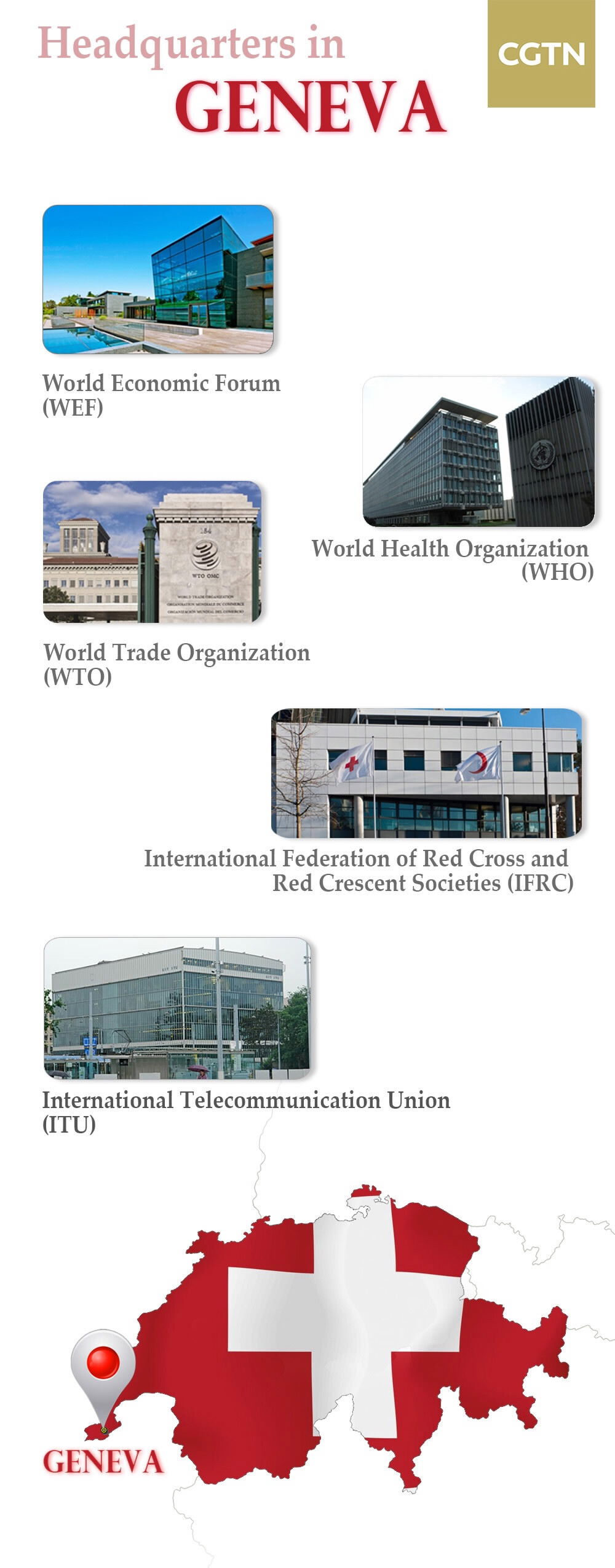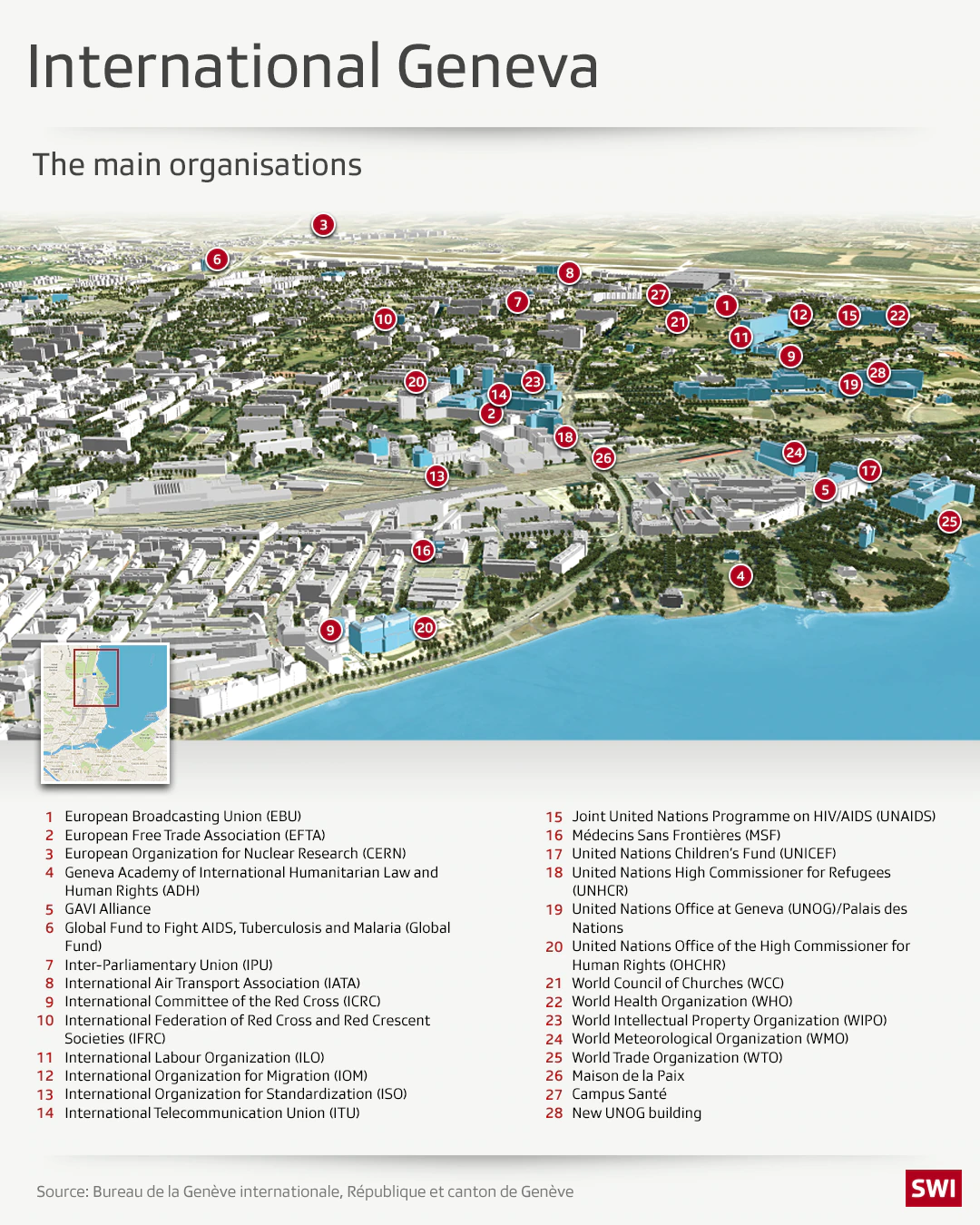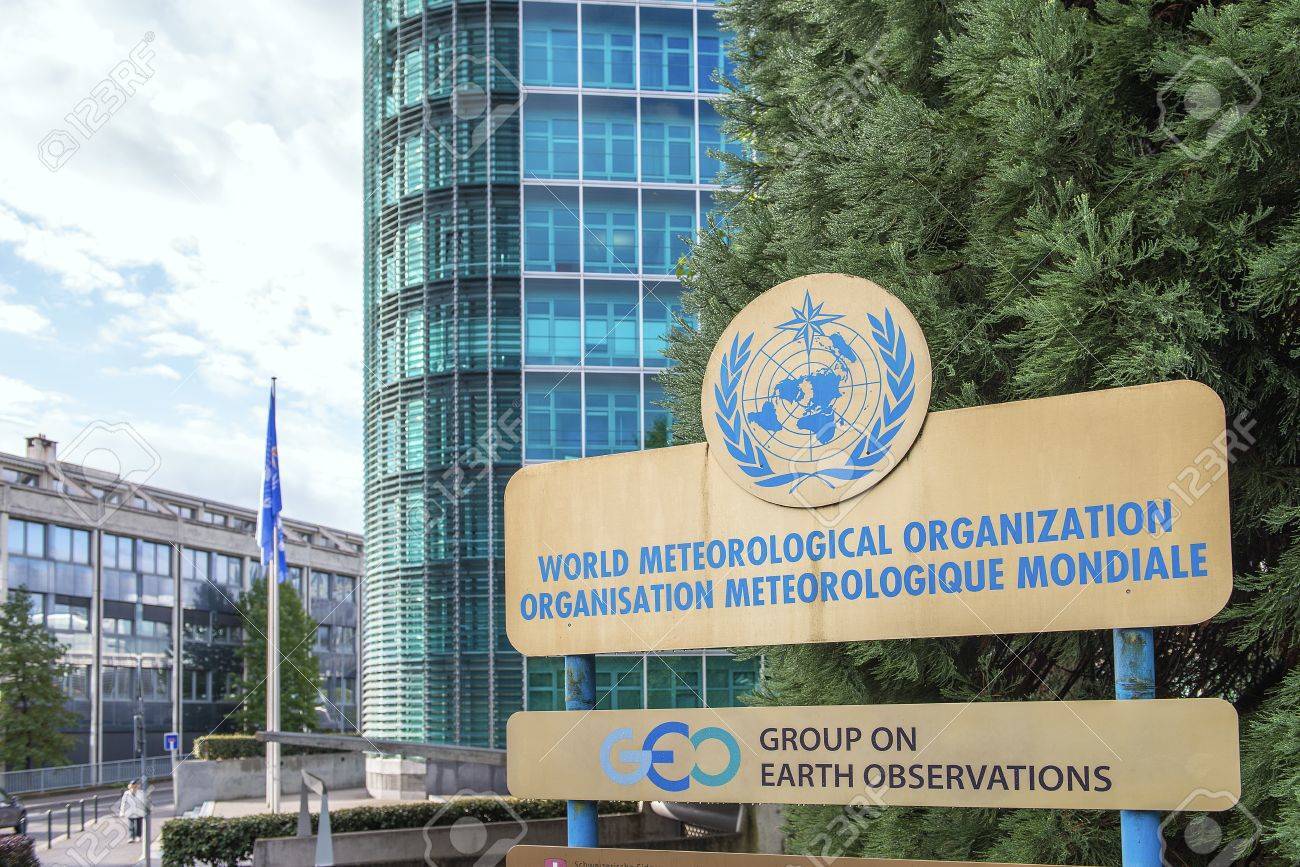Interpreting 2025. Geneva International Organizations for Interpreters (University of Geneva)
Course introduction

Interpretazione e traduzione
L'interpretazione è spesso confusa con la traduzione. La differenza è che il lavoro degli interpreti è di tipo orale, mentre i traduttori si occupano di testi scritti.
Tipi di interpretazione
Gli interpreti di conferenza lavorano in vari modi, tutti utilizzati dagli interpreti della Commissione:
Consecutiva
Si effettua dopo che l'oratore ha concluso il suo intervento, in genere con l'aiuto di appunti.
Simultanea
Si effettua mentre la persona sta parlando, utilizzando apparecchiature particolari (ad es.: cabine, cuffie, microfoni).
Sussurrata o Chuchotage
L'interprete si trova seduto o in piedi con i partecipanti e interpreta simultaneamente e direttamente all'orecchio.
Terminologia
- lingua attiva: la lingua in cui l'interprete interpreta
- lingua passiva: la lingua da cui l'interprete interpreta
- regime ridotto: nel caso in cui l'interpretazione sia fornita da un numero di lingue inferiore a quello totale di lingue ufficiali
- regime simmetrico: i delegati possono parlare e ascoltare l'interpretazione delle stesse lingue
- regime asimmetrico: i partecipanti possono esprimersi in diverse lingue, ma l'interpretazione è fornita solo in un numero limitato di lingue
- lingua dei segni: gli interpreti di lingua dei segni lavorano tra una lingua orale e una lingua dei segni oppure tra due lingue dei segni
- retour: si effettua dalla propria lingua madre in una delle lingue passive
- cheval: un interprete lavora in due cabine nella stessa riunione
- relais: detta a volte "interpretazione indiretta". Gli interpreti lavorano da una lingua che non comprendono attraverso una lingua ponte.
Esempio: interpretare dal finlandese in slovacco attraverso una prima interpretazione in francese.
Start: November 8, 2022
This course is primarily aimed at students of conference interpreting, or people who wish to begin studying conference interpreting. It is based on a long-standing lecture course given by the oldest interpreting school in the world, the Faculty of Translation and Interpreting at the University of Geneva.
Our course looks at organizations from a viewpoint which very few people ever get to see; international organizations seen from the interpreting booth. You will learn about the history, development, structure and functions of international organizations, and of course the question of multilingualism.
The purpose of this course is to help you, as a budding interpreter or translator, to gain basic knowledge about the institutions which may be your future employers, and to give you the essential tools that you will need to easily and efficiently prepare yourself for working at an international organization.

Learning Objectives
- Outline the main organizations and the history of 'international Geneva'
- Identify the main characteristics of international organizations, and classify them using relevant criteria
- Understand that within international organizations the notions of State and region are relative
- Learn the official names of international organizations’ member States

Lesson 1: International organizations in Geneva
THE FIRST MODULE. OBJECTIVES.
International Geneva
Interview with Ambassador Jürg Lauber
Read the Transcript and translate it in your mother tongue.

Quiz 1:
1. Which of the following events first established Geneva's status as an international city?
2.
The headquarters of which two organizations were established in Geneva shortly after the First World War?
3.
True or false: "international Geneva" represents a financial burden for Switzerland.
Lesson 2: International organizations in Geneva
Read and translate the Transcript in your mother tongue:
1.
Which of the following organizations are based in Geneva?
2.
Which of the following organizations are based in Geneva?
3.
Which of the following organizations are based in Geneva?
International organizations around the world
Choose two international organizations (not necessarily organizations based in Geneva) and add a picture of each organization to the interactive map linked below. To access the map you will need to have a Google account and to be logged in.
Write the name of each organization in your active and passive languages. In no more than 150 words, outline the main features and function of each organization. When your peers have completed the activity, you will be able to consult and learn from their contributions — and vice versa.
Link to the interactive map: https://www.google.com/maps/d/edit?mid=1-iZCjV-5b5bZexHOgQk7CG9UHTh__yZO&usp=sharing
WRITTEN PRACTICE
Outline the main organizations and the history of 'international Geneva'
3 materials to review
3 materials to review
Identify the main characteristics of international organizations, and classify them using relevant criteria
1 material to review
1 material to review
Explain why within international organizations the notions of State and region are relative
1 material to review
1 material to review
Recall the official names of international. organizations’ member States
Lesson 2
Practice Quiz • 10 min • 3 total points
Which of the following statements is true?
2.
Which of the following statements is true?
3.
Which of the following are UN specialized agencies based in Geneva?

Lesson 3: What is an international organization?
Read and translate the transcript.
Learn from the answers to the quiz:
Categorising international organizations
Practice Quiz • 15 min
1.
Categorise the following international organisation by selecting the correct criteria: The International Telecommunications Union (ITU)
2.
Categorise the following international organisation by selecting the correct criteria: The World Meteorological Organization (WMO)
3.
Categorise the following international organisation by selecting the correct criteria: The League of Nations
4.
Categorise the following international organisation by selecting the correct criteria: The United Nations Educational, Scientific and Cultural Organization (UNESCO)
5.
Categorise the following international organisation by selecting the correct criteria: The International Bank for Reconstruction and Development (IBRD)
6.
Categorise the following international organisation by selecting the correct criteria: The Organization for Economic Co-operation and Development (OECD)
Lesson 4:
Joining an international organization
Read and translate the transcript.
Country name changes
Practice Quiz • 15 min
1. Question 1
What is the full current name of the country shown in red on the map?

What is the full current name of the country shown in red on the map?

2.
What is the full current name of the country shown in red on the map?

3.
What is the full current name of the country the capital of which is Phnom Penh?
4.
What is the full current name of the state of which this is the flag?

5.
What is the full current name of the state of which this is the flag?




